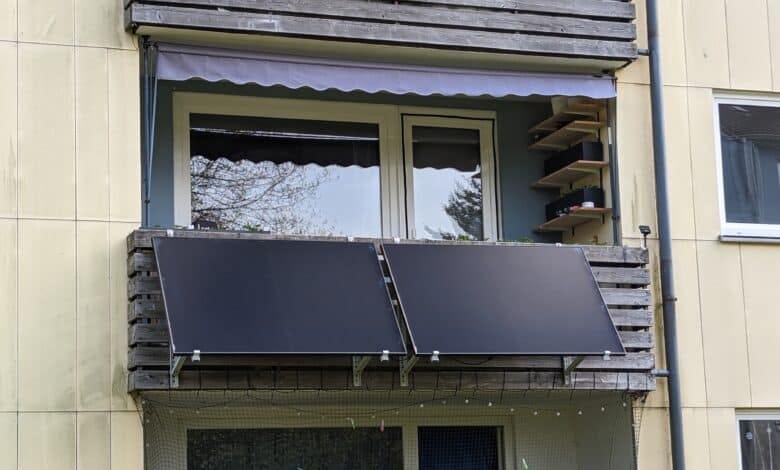
In Germany, there are at least 400,000 balcony solar units feeding apartments and homes. Average Germans without technical training can buy and install themselves because they plug into an outlet.
I wrote about how the US fumbled plug-in solar regulation last year, and because there’s exciting news, it’s time for two quick updates.
Utah becomes the first state to tear down barriers to plug-in solar
First, an energy advocate in Utah, Tom Moyer, pointed me to Representative Ray Ward’s proposal to clear the pathway for balcony solar. HB340 creates a new category for portable solar generation. As far as I know, this is the first state-level proposal introduced to clear the runway for plug-in solar.
If you are interested in following those efforts in more detail or in supporting them by giving technical advice, you can add your name and email to this Google form, and I’ll send a few notices out with more details.
Second, GismoPower’s solar carport, which also appeared in my first dispatch about plug-in solar, was selected by SXSW as one of five finalists for their student innovation category. This bigger version requires a 250-volt outlet, like you’d use with an electric dryer. It shows the potential variety of solar uses—and the innovation possible at the grid edge.
Further solar cost reductions will have to come from making it easier to build and deploy
The reason that both varieties of plug-in solar are exciting is simple—it’s too hard to build. As is almost always the case, it’s not that we don’t know how to build. Instead, it’s really the paperwork! In the case of rooftop solar installations, about $2 out of $3 of costs comes from soft costs. That’s according to a National Renewable Energy Laboratory report using data from 2010 to 2020. NREL includes labor and profits in soft costs, but even taking those out leaves a sizable permitting cost.1

Total costs for residential solar installations are still falling. However, the relative share of soft costs has increased because hardware costs fell much more than other costs. For policymakers, that means the real barriers are permitting, which is why groups like Permit Power are working to streamline and lower those soft costs.
Alongside these efforts, it’s exciting to see permitting costs be taken to zero by creating plug-and-play systems.
NREL defines soft costs as total costs minus the hardware costs. That means soft costs are, as they write, “permitting, inspection, and interconnection (PII); transmission line (if any); sales tax; and engineering, procurement, and construction (EPC)/developer overhead and profit.” NREL breaks them out in detail.





We are very excited about this.
I'm very excited for Utah to be a pioneer for balcony solar!